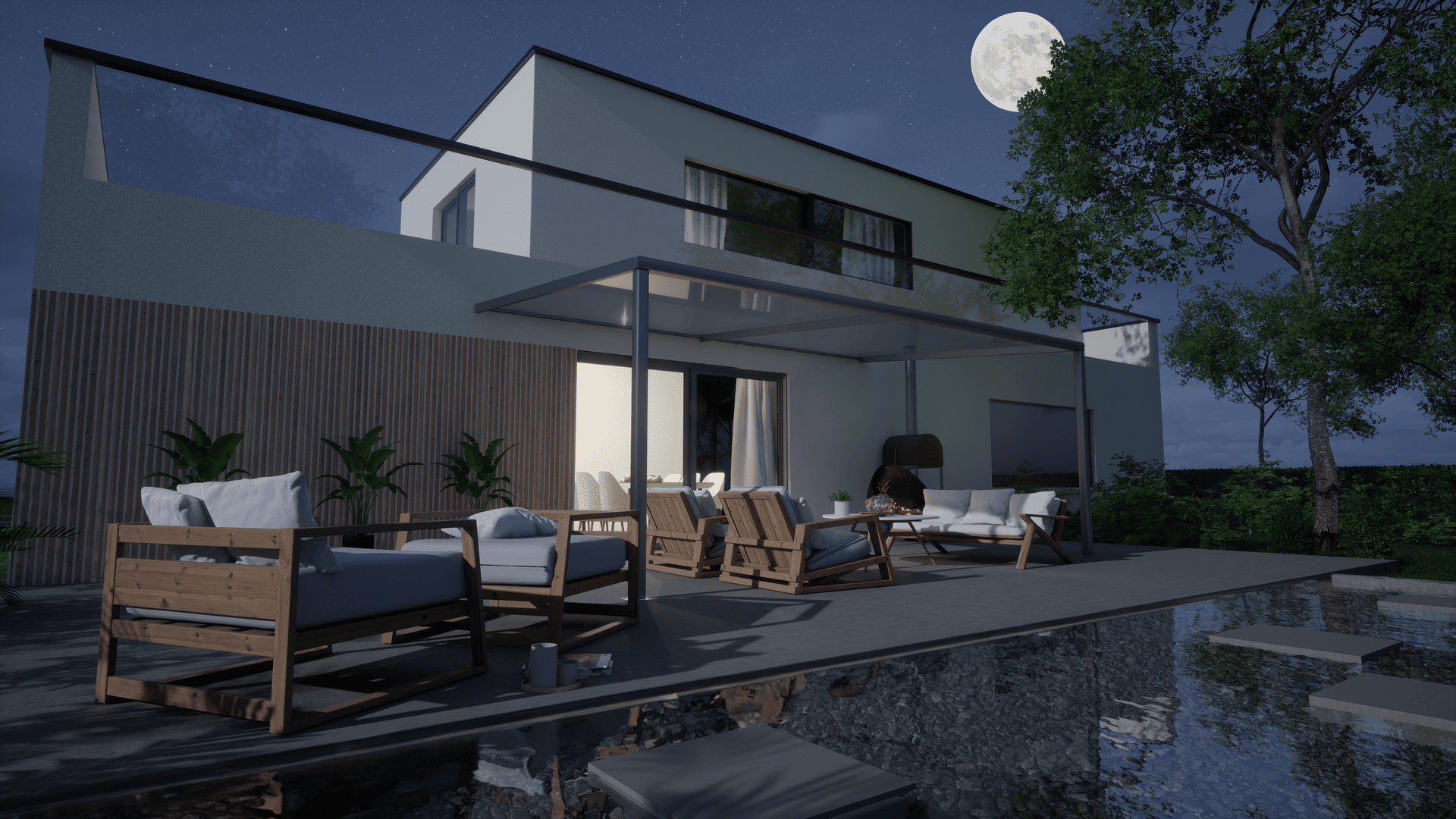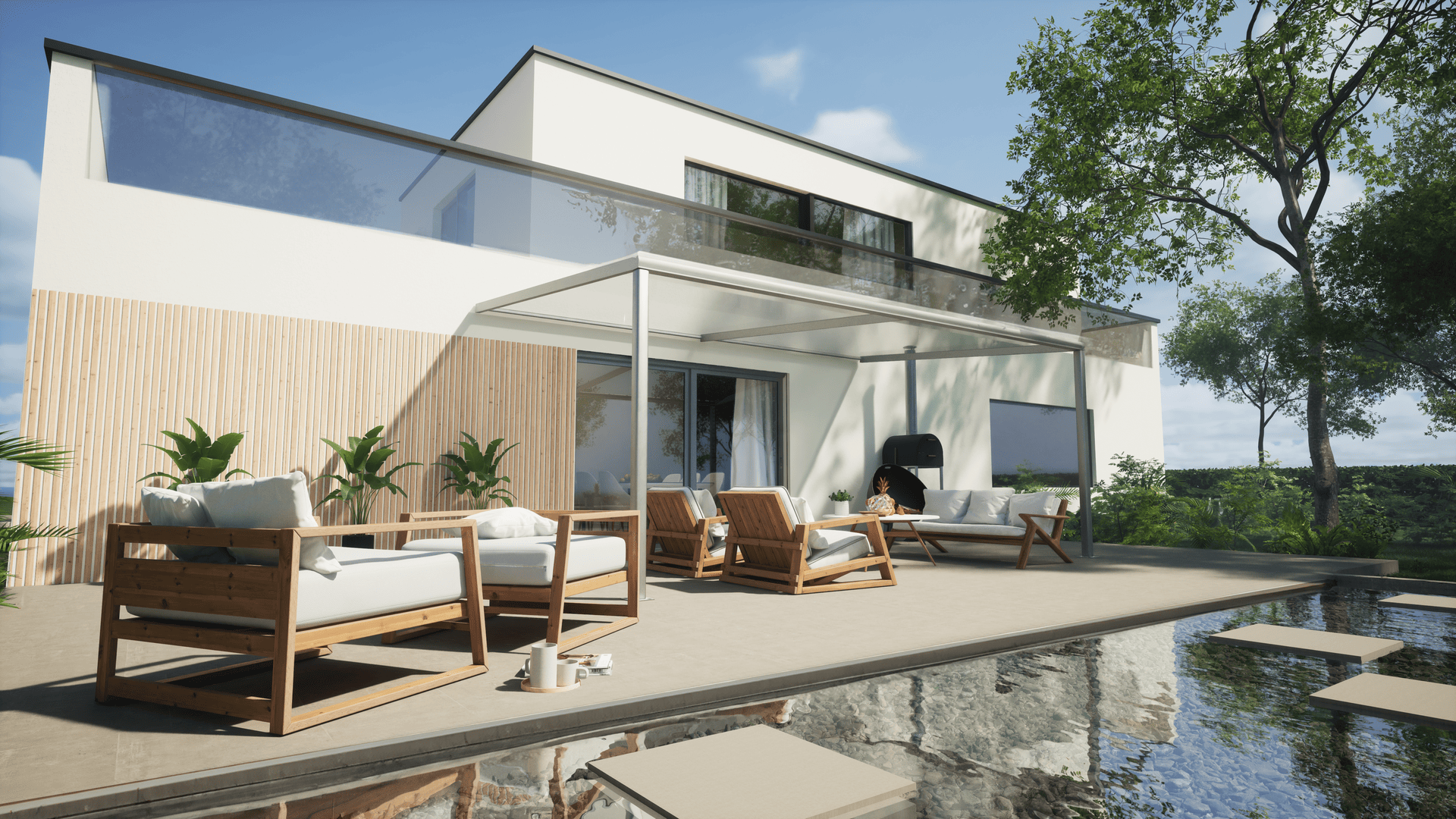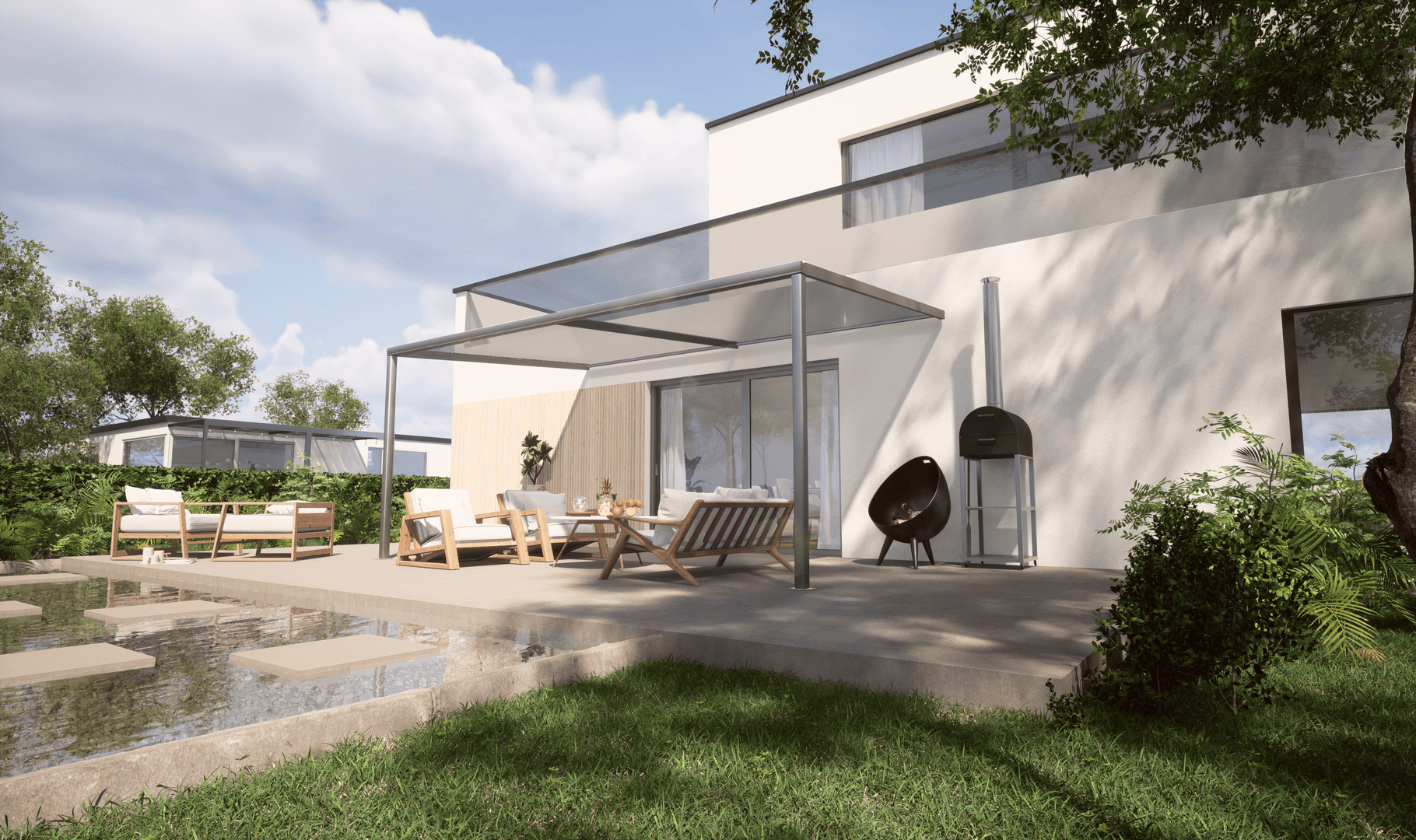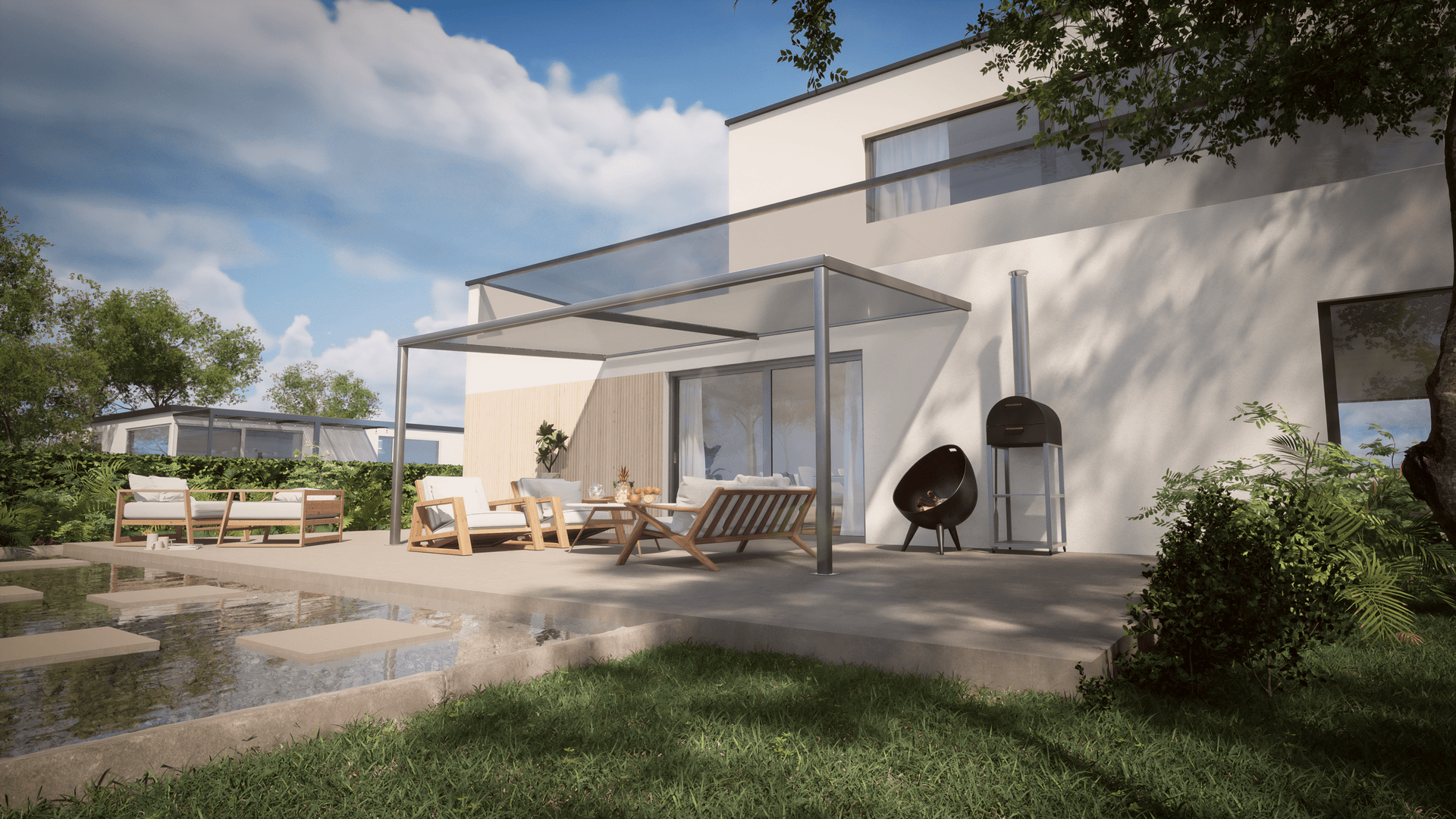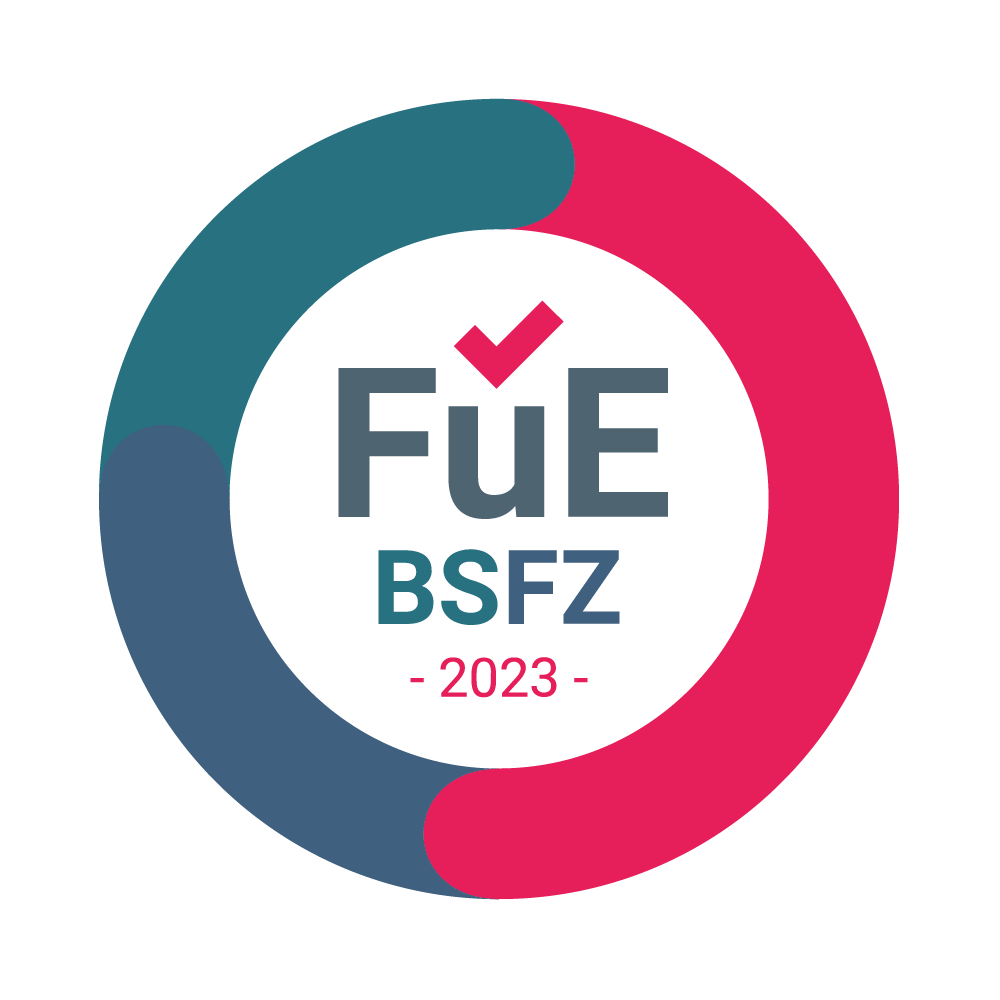Where fantasy meets reality: photorealistic rendering
Display your product in an appealing environment and increase awareness and sales figures
Photorealistic rendering is a technique used to create computer-generated images that look as realistic as photographs. The aim is to create images that reproduce the lighting, materials, textures and details of a scene or object so accurately that the viewer cannot distinguish them from a real photograph.
Who uses photorealistic rendering?
Above all, where your product appears even more attractive in an appealing and high-quality environment, an appropriate presentation leads to more attention, more interest and ultimately to more inquiries and better sales figures.
Photorealistic rendering is a versatile tool used in various industries to improve communication, decision-making and creative expression. The following gives you an insight into some of the most important areas in which photorealistic rendering is used
- Product design and manufacturing: Product designers and manufacturers, e.g. for conservatories and carports, use photorealistic renderings to create high-quality product images for marketing materials, e-commerce websites, packaging designs and trade fairs. These realistic product displays show intricate details, textures and materials, effectively capturing the essence of the product and attracting potential customers.
- Architecture and interior design: Architects and interior designers make extensive use of photorealistic rendering to create impressive visualizations of planned buildings, rooms and interiors. These renderings allow clients to virtually walk through and experience the designs before construction begins, enabling informed decisions, identifying potential problems early and minimizing costly changes later.
- Marketing and advertising: Marketing and advertising professionals use photorealistic rendering to create compelling visuals for campaigns, ads and social media content. These visually appealing images attract attention, reinforce the brand message and effectively communicate the value proposition of products or services.
- Film and video game industry: In the film and video game industry, photorealistic rendering plays a crucial role in the creation of special effects, realistic characters and detailed environments. These renderings bring movie experiences to life, immerse the audience in fantastic worlds and enhance storytelling.
- Engineering and manufacturing: Engineers and manufacturers sometimes use photorealistic rendering to create realistic simulations of products or machines. These simulations help to check designs, communicate complex concepts and for training purposes.
- Medical and scientific visualization: In the medical and scientific field, photorealistic rendering is used to visualize complex anatomical structures, biological processes and scientific data. These visualizations improve understanding, facilitate communication between experts and serve to educate the public.
- Education and training: Educators and trainers use photorealistic rendering to create engaging and interactive learning materials. These visualizations can effectively explain abstract concepts, demonstrate procedures and improve student understanding.
Types of photorealistic rendering
Common types of photorealistic rendering include ray tracing, global illumination, ambient occlusion and physics-based rendering. Each technique offers unique capabilities and benefits that allow developers to achieve different levels of realism in their visualizations. By effectively combining these techniques, developers can create stunningly realistic images that closely resemble real scenes.
Advantages of photorealistic rendering
Photorealistic rendering offers numerous advantages in various fields such as architecture, product design, games and entertainment. Some of the most important advantages are
- Realistic visualizations: Photorealistic rendering techniques can be used to create extremely realistic images that come very close to real scenes. This allows designers and developers to present their projects in a visually appealing and precise way.
- Improved communication: Photorealistic renderings help to effectively communicate design ideas and concepts to clients, stakeholders and team members. These realistic visualizations make it easier for everyone to understand the project vision and make informed decisions.
- Improved marketing: High-quality photorealistic renderings can be used for marketing purposes to attract potential customers and investors. These realistic images can present products, real estate or designs in a visually compelling way to drive sales and engagement.
- Cost and time savings: Photorealistic rendering can help reduce the need for physical prototypes or multiple iterations of designs, saving time and costs associated with traditional methods. Design changes can be easily implemented in the digital environment, resulting in faster project completion.
- Creative freedom: Photorealistic rendering allows designers and artists to unleash their creativity and experiment with different visual styles, lighting effects and textures. This creative freedom allows them to bring their ideas to life in a visually stunning way.
Steps for creating photorealistic renderings
The creation of photorealistic renderings involves several steps in order to achieve a high degree of realism in the final image. Here are some important steps
- Creating the model: Start by creating a detailed 3D model of the object, scene or environment you want to render. Pay attention to accurate proportions, details and textures to ensure a high level of realism. When using the vrdoro-visualizer, a model is usually already available with which a photorealistic rendering can be created.
- Setting up the lighting: The right lighting is crucial for photorealism. Experiment with different types of light sources, such as natural light, artificial light and ambient light, to create realistic shadows, reflections and highlights.
- Material selection: Select suitable materials for your 3D model, including textures, shaders and surface properties. Use high-quality textures and shaders to simulate real materials such as wood, metal, glass and fabric. The model used in the vrdoro-visualizers usually has the appropriate materials so that a rendering can be created more easily.
- Set up the camera: Set up the camera angle, focal length, depth of field and perspective to capture the scene from a realistic angle. Consider composition principles to create visually appealing images.
- Rendering settings: Configure the rendering settings in your 3D software to achieve high-quality output. Adjust parameters such as resolution, sampling rate, ray tracing and global illumination to improve realism.
- Post-processing: After rendering the image, perform post-processing tasks to refine the final result. This can include color correction, image sharpening, depth of field effects and adding details such as lens flare or glare effects.
- Feedback and iteration: Get feedback from colleagues, clients or mentors to improve the realism of your rendering. Based on the feedback, make the necessary adjustments and revise the rendering until you have achieved the desired level of photorealism.
Conclusion
By using an existing 3D model, which is displayed in an appealing luxurious environment, a product is enhanced and the product receives more attention and attracts more interest. As a result, the product is rated better in posts and on websites, but also in print media, and this has a positive effect on reach and sales figures.
When using the vrdoro-visualizer as a 3D configurator for your product, you already have a suitable model for the creation of photorealistic renderings.
